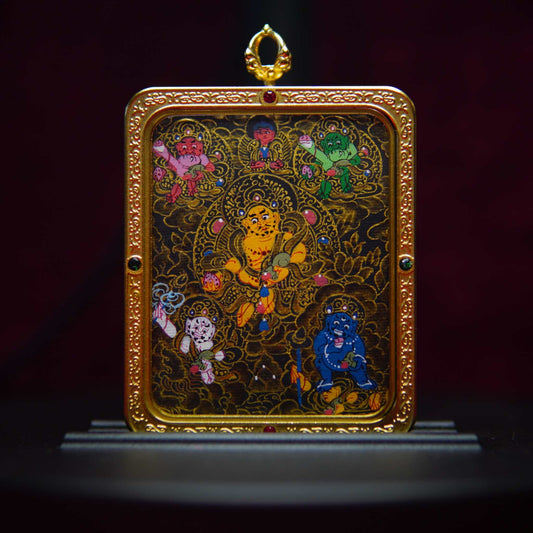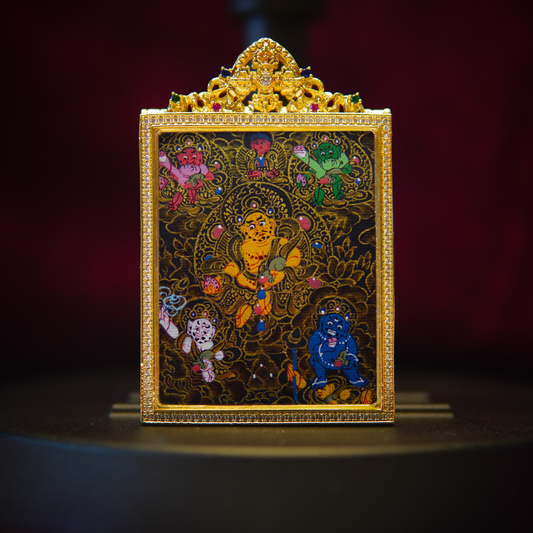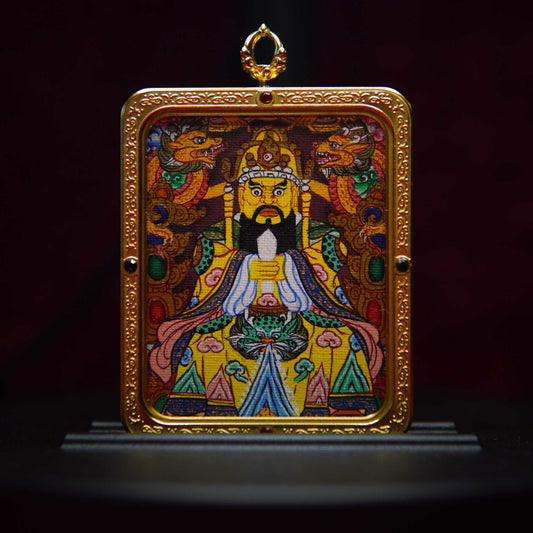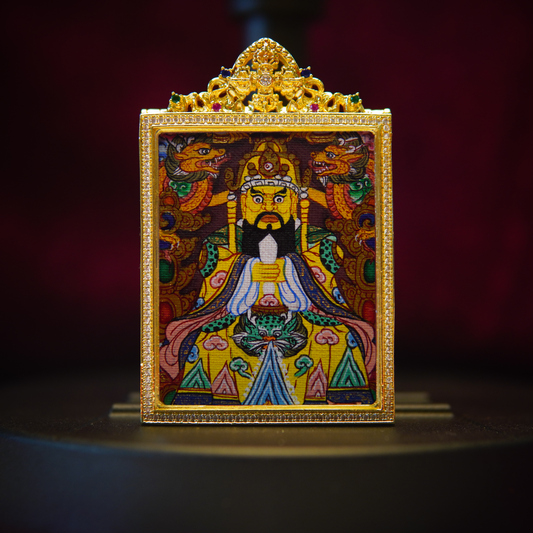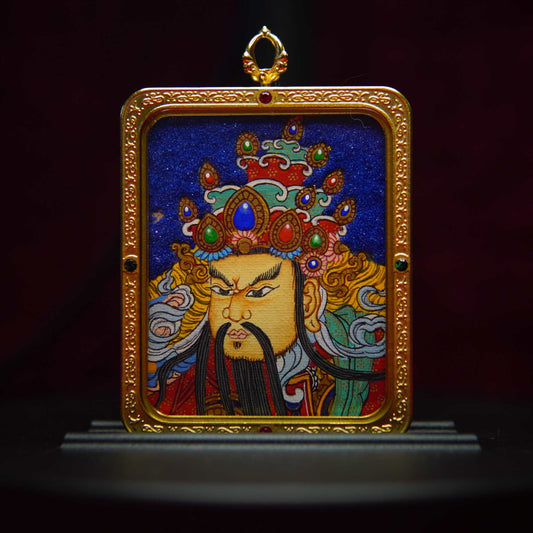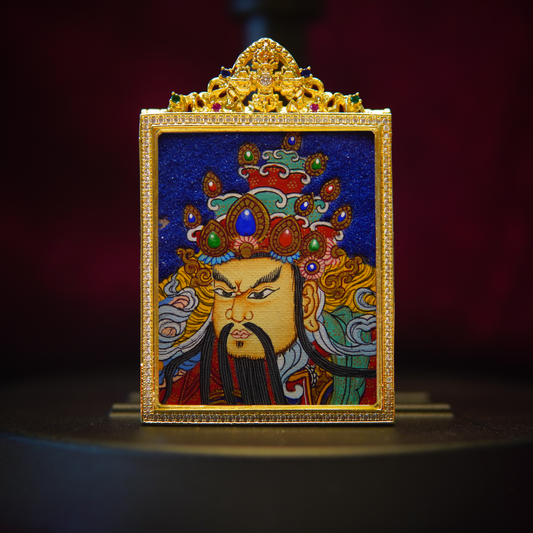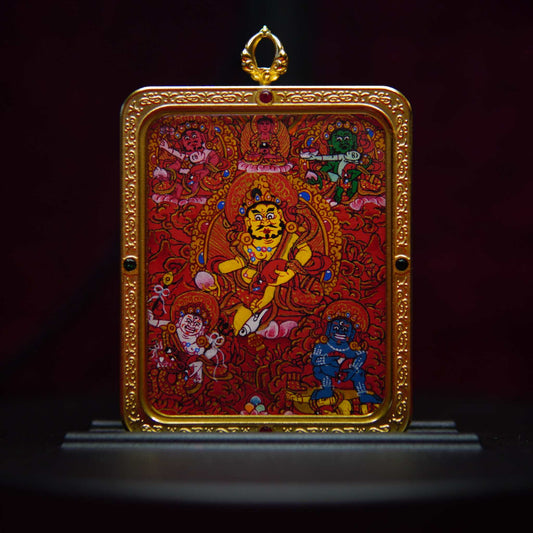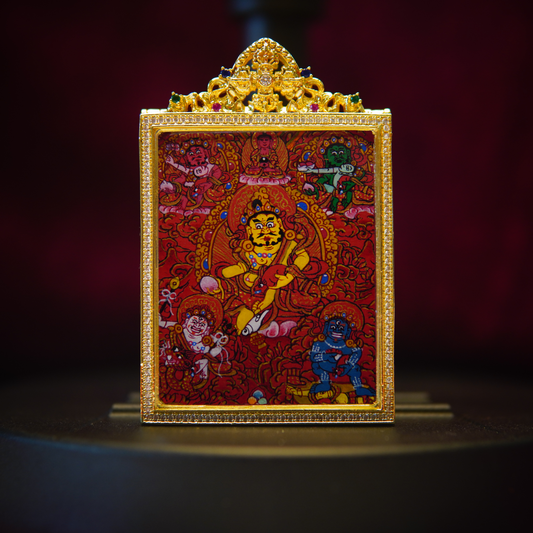The Meaning Behind the Thousand-Armed Avalokiteshvara Thangka
TapitaWalk into a Tibetan temple, and you may find yourself face to face with a striking figure: a radiant being with a thousand outstretched arms, eleven calm yet fierce faces, and a central gaze of deep compassion.
This is Avalokiteshvara in his Thousand-Armed Form—perhaps the most awe-inspiring expression of compassion in Buddhist iconography.
But what does this powerful image really mean?
Let’s explore the symbolism, spiritual significance, and why this Thangka remains one of the most revered in Vajrayana Buddhism.
🧘 Who Is Avalokiteshvara?
Before we get into the arms, we need to know the heart.
Avalokiteshvara (Tibetan: Chenrezig) is the Bodhisattva of Compassion, a being who vowed to remain in the world of suffering until all sentient beings are liberated.
He doesn’t just represent kindness—he embodies active, unstoppable compassion.
And when his vow to save all beings seemed too much for one form to bear, something miraculous happened…
🌟 The Origin of the Thousand-Armed Form
According to Tibetan legends, Avalokiteshvara once looked out across the world and saw that beings were still suffering, despite all his efforts. Overwhelmed, his body shattered from the weight of compassion.
Out of that moment of divine crisis, Amitabha Buddha (his spiritual teacher) restored him—not as he was, but greater:
-
11 heads to see suffering in every direction
-
1000 arms, each with an open palm and an eye, to help those in need
This form wasn’t about grandeur. It was a response to sorrow.
The more the world suffers, the more compassion he brings.

🖼️ What Each Part Symbolizes
🔹 11 Heads
The heads are stacked in tiers: peaceful faces, wrathful ones, and at the very top, the head of Amitabha Buddha.
-
Peaceful faces: Loving-kindness, serenity, equanimity
-
Wrathful faces: Fierce compassion that confronts injustice and ignorance
-
Amitabha: His spiritual root, symbolizing ultimate enlightenment
🔹 1000 Arms
Each arm reaches outward—not to possess, but to give. Every hand contains:
-
A wisdom eye, symbolizing insight and awareness
-
A mudra (hand gesture), expressing healing, offering, or protection
These arms reflect the boundless capacity to help—no one is forgotten, no suffering too far.
💠 Why This Thangka Is Spiritually Powerful
The Thousand-Armed Avalokiteshvara isn’t just a symbol—it’s a spiritual mirror.
-
When we feel helpless, it reminds us: compassion can take many forms.
-
When the world feels overwhelming, it teaches: we don’t need just one solution—we need a thousand kinds of love.
Meditating on this Thangka can bring:
-
Protection during difficult times
-
Activation of the heart center (bodhicitta)
-
A deeper connection to selfless service
A deeper connection to selfless service
In Tibet, this Thangka is often used during compassion retreats or to invoke Avalokiteshvara’s presence in healing ceremonies.
📿 Modern Devotion: Wearable Thangka Art
Today, some practitioners choose to carry this energy not on the wall, but on their body.
At Zendo Thangka, we offer miniature Thangka pendants featuring Avalokiteshvara’s sacred image—hand-painted with detail, sealed with compassion.
Each pendant is:
-
Crafted by traditional artists
-
May include blessing scrolls inside
-
Designed to serve as a reminder of infinite compassion wherever you go
✨ Final Thought
The Thousand-Armed Avalokiteshvara Thangka isn't about size or spectacle. It’s about the magnitude of the human heart—what it can carry, what it can give, and how it can heal.
In a world that often feels like too much, this sacred image gently reminds us:
You don’t need to do everything. But your one arm of compassion still matters.

